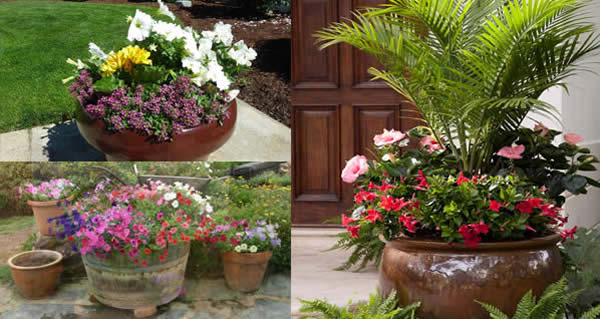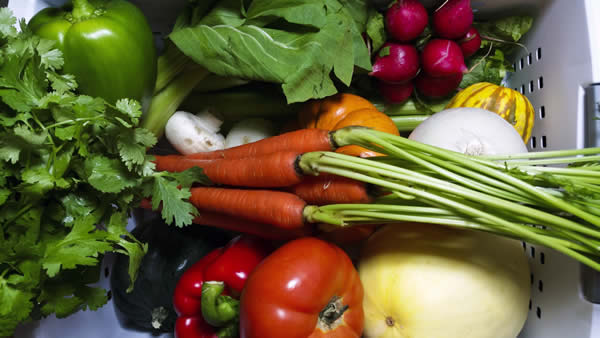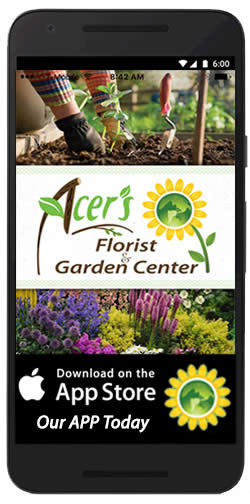
Invasive plants--just the term brings to mind visions of horror movies such as the classic Little Shop of Horrors or, more recently, The Ruins. But here in the "real" world, what, exactly, is an invasive plant? Should it be a valid concern and, if it is, what can we do about it?
Invasive plants are no different than their counterparts in the animal and disease arenas. An invasive plant is generally defined as one that has the ability to grow aggressively outside its natural range.
Oftentimes, its ability to do this stems from the fact that itis growing outside its native range, because the diseases, insects and foraging animals that naturally would control its growth and spread are not present in its new habitat.
There are many factors in determining whether a plant is invasive or not. What do we mean? For starters, some plants are more invasive than others; some considered as moderately invasive can be controlled easily with a little well-timed maintenance. Climate and location play an important role. Many plants are considered invasive in some parts of the country and not in others. Five generally recognized attributes of invasive plants are:
-
They produce large numbers of new plants each year.
-
They tolerate a wide range of soil types and weather conditions.
-
They spread quickly by means of wind, water, animals or even runners.
-
They grow quickly, thereby displacing slower-growing plants.
-
They spread more rapidly than they do when grown in their native habitats, because of the absence of natural checks and balances.
Why should you be concerned? Invasive plants can disrupt many natural habitats, ultimately affecting wildlife populations and choking out native plant species. Most people would agree with the statement, "Variety is the spice of life".
Where allowed to run rampant, invasive plant species can severely restrict this biodiversity, both in terms of plant life and the wildlife that depend on it to survive.
They are especially problematic in areas such as wetlands, sand dunes and fire-prone areas--in fact, over $100 million per year is spent in the U.S. combating invasive plants in wetlands alone.
Where do these invasive plants come from? Sometimes, their arrival at their "new homes" is completely accidental, as seed in agricultural products or in shipments from overseas. Other times, they are sold at garden centers.
Because of gardening enthusiasts' ongoing quest for hardy, drought-tolerant, fast-growing specimens, these plants are often propagated and offered to the public to fulfill these desires.
Only later is it discovered that these plants may offer a little too much of a good thing. Kudzu (known as "the vine that ate the South") is one of the more infamous examples of this. It was originally introduced as a ornamental shade vine for porches, arbors and such. Now it's shading (and killing) trees all over the Southeast.
What can you do? This is where we come in. Next time you shop for plants, let us know that you would like to avoid potentially invasive plants in your garden.
Or ask us how to keep those "hardy, drought-tolerant, fast-growing" plants from becoming invasive. For instance, much of the mint family can be invasive--but they are reasonably safe to grow in pots, or in an area of the garden where you can easily remove "volunteers."
And, of course, they are quite safe to grow indoors! Make use of our expertise to help guide you in selecting plants and growing methods that will not present a problem in the future--and help preserve the plants and wildlife indigenous to our area!
Click to print this article.















